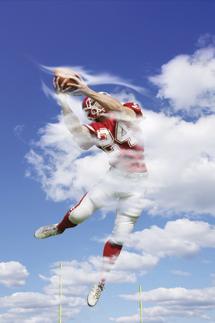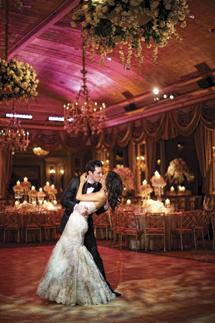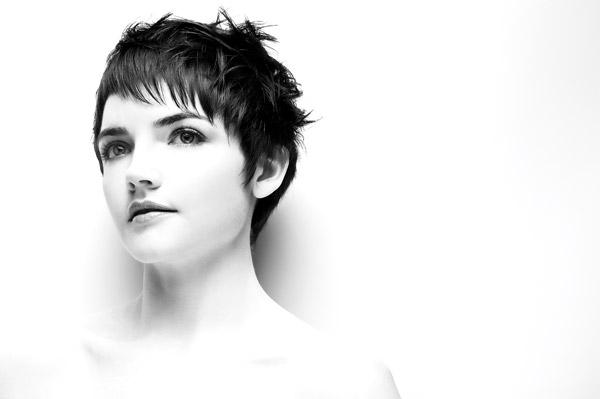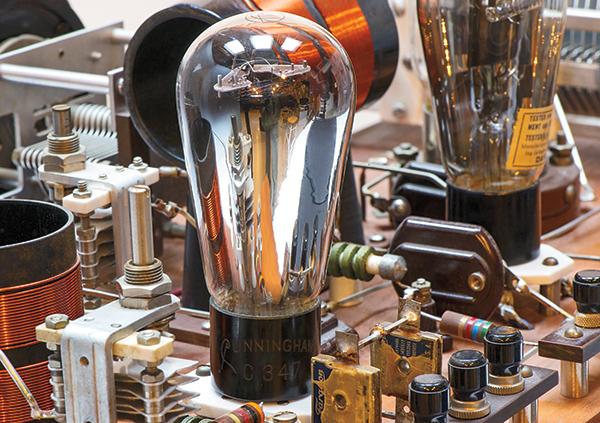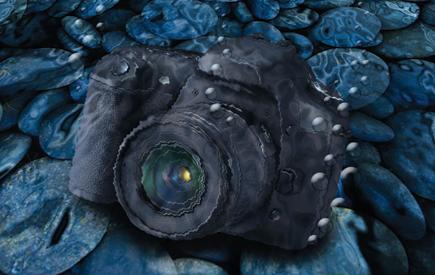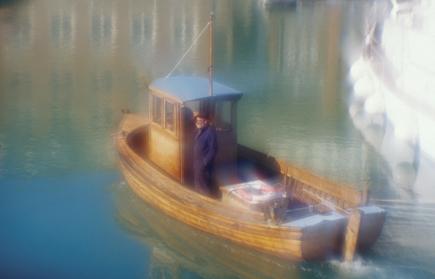Pro Techniques
Sort By: Post DateTitle Publish Date
|
Jul 21, 2014
|
Jul 01, 2010
|
Jul 01, 2010
|
Dec 01, 2008
|
Apr 03, 2012 |
First Published: Mar 01, 2012
|
Apr 01, 2010
|
Apr 01, 2010
|
Apr 27, 2012 |
First Published: Mar 01, 2012
|
Feb 01, 2009
|
Dec 30, 2016
|
Jun 26, 2025
|
Aug 01, 2006
|
Mar 01, 2010

